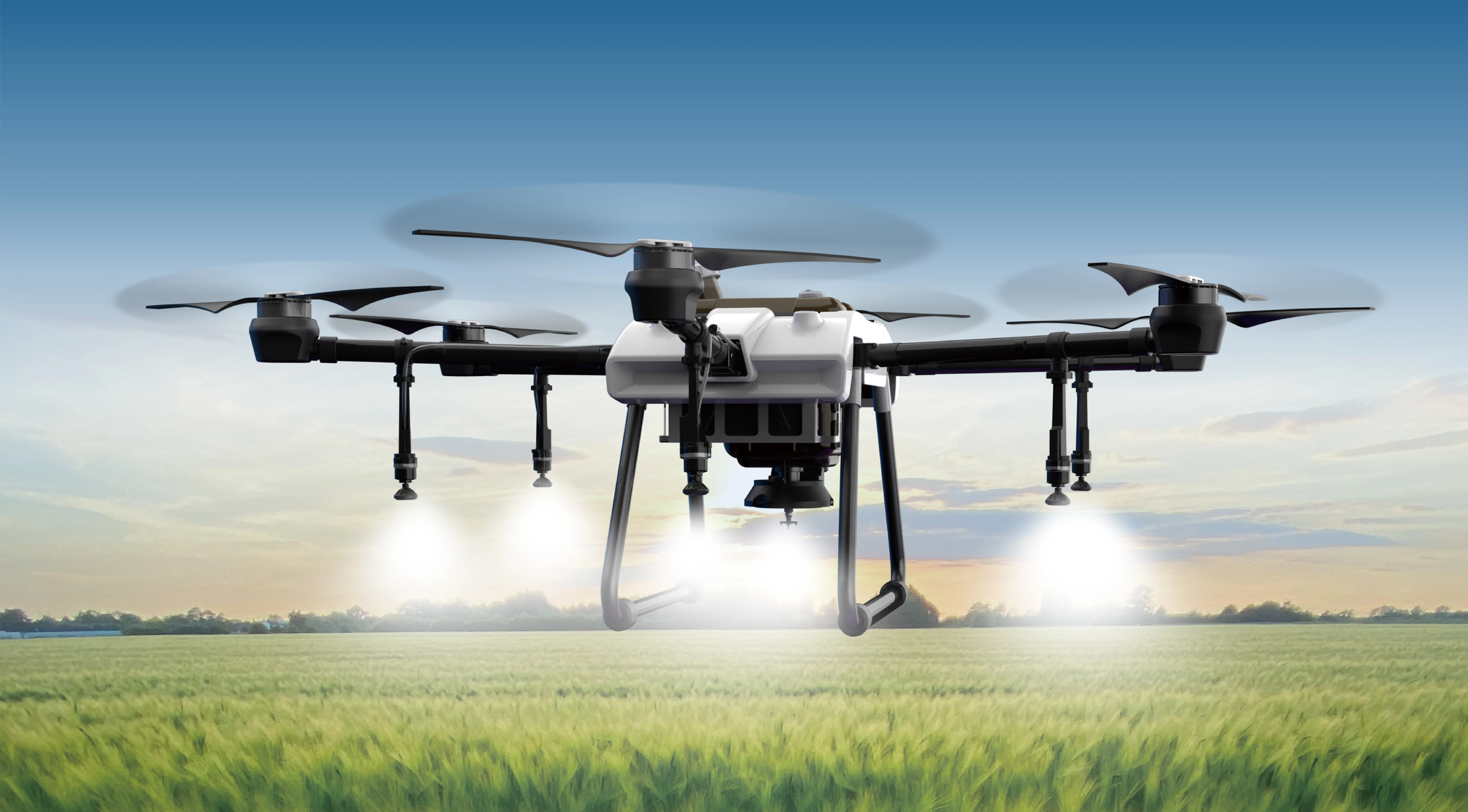When your machinery’s hydraulic systems start to falter, it’s often a sign that time has taken its toll on components like the hydro gear wheel motor. These vital parts are the heartbeat of countless industrial, agricultural, and construction machines. They’re responsible for converting hydraulic pressure into rotational motion, powering everything from excavators to agricultural sprayers. Yet, despite their robust design, wear and tear inevitably catch up, leading to decreased performance, inefficiency, or even complete failure.

Understanding the importance of your hydro gear wheel motor is the first step toward effective maintenance or repair. These motors often feature complex internal components, including gear wheels, seals, bearings, and hydraulic valves—all intricately designed to withstand high pressure and continuous use. However, they are susceptible to issues such as contamination, insufficient lubrication, or mechanical fatigue, which can cause gears to wear out, seals to leak, or internal components to become misaligned.
Rebuilding a hydro gear wheel motor is an involved process, but with the right knowledge, tools, and approach, you can restore your equipment’s performance without the expense of a complete replacement. It’s a process that combines meticulous inspection, precise disassembly, thorough cleaning, and careful reassembly. A successful rebuild not only saves money but also offers an excellent opportunity to assess the health of your hydraulic system and implement preventive measures to extend its service life.
Why Rebuild Instead of Replace?
Many operators and maintenance professionals face the decision: replace or rebuild? The answer often lies in the condition of the motor and the financial and operational considerations. Rebuilding a hydro gear wheel motor can be significantly more cost-effective and quicker than sourcing a brand-new unit. It allows you to retain the original motor, which might be customized or integrated into your equipment in a specific way, ensuring compatibility and performance.
Plus, rebuilding provides an educational insight into how these complex hydraulic components function. You'll gain a closer understanding of the internal mechanisms, which can be invaluable during troubleshooting and preventive maintenance. That said, reconstruction is not always the right choice—severe internal damage, corrosion, or irreparable wear might make replacement the more viable option.
Common Symptoms Indicating a Rebuild Might Be Necessary
Keeping an eye on your machinery’s performance can alert you to the need for a hydro gear wheel motor rebuild. Common signs include:
Reduced Power Output: If your equipment isn’t as responsive or struggles under load, internal wear could be the culprit. Unusual Noises: Grinding, whining, or knocking sounds often signal gear or bearing issues. Leaks and Drips: Hydraulic fluid leaks from the motor housing or fittings suggest deteriorated seals or cracks. Overheating: Excess heat during operation points to internal friction, often caused by worn gears or blocked fluid paths. Slow or Erratic Movements: Inconsistent machine motions can result from internal component misalignments or hydraulic pressure issues.
Recognizing these symptoms early on can prevent more significant damage and reduce repair costs. Addressing problems promptly often involves a thorough inspection and, in many cases, a rebuild of the hydro gear wheel motor.
The Rebuild Process: An Overview
Embarking on a rebuild begins with a systematic approach. Here’s a general outline to guide your process:
Preparation and Safety: Ensure your work area is clean, well-lit, and equipped with appropriate tools. Hydraulic systems contain pressurized fluid that can be dangerous—depressurize and drain all hydraulic fluid before beginning disassembly.
Disassembly: Carefully document the orientation of parts as you remove them. Pay particular attention to gear assemblies, seals, and hydraulic ports. Use specialized tools to safely lift bearings and gear components.
Cleaning: Once disassembled, clean all parts thoroughly using solvent and brushes designed for hydraulic components. Remove any debris, varnish, or corrosion that might hinder performance.
Inspection: Examine each component meticulously for signs of wear, pitting, cracks, or damage. Measure tolerances against manufacturer specifications to identify necessary replacements.
Replacement and Repair: Replace worn or damaged parts with high-quality, compatible components. This may include new gear wheels, seals, bearings, or hydraulic valves.
Reassembly: Follow manufacturer guidelines to rebuild the motor, ensuring all components are correctly aligned and torqued. Use proper sealants and lubricants as specified.
Testing: Before installing the rebuilt motor back into your equipment, perform rigorous testing under controlled conditions. Check for leaks, smooth operation, and correct hydraulic pressure.
I'll prepare the second part shortly, diving deeper into specific rebuilding techniques, troubleshooting tips, and preventative maintenance strategies to prolong your hydro gear wheel motor’s lifespan.
Established in 2005, Kpower has been dedicated to a professional compact motion unit manufacturer, headquartered in Dongguan, Guangdong Province, China.




































